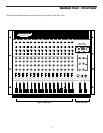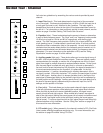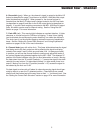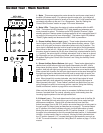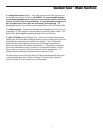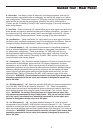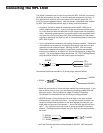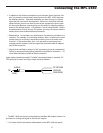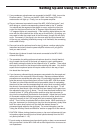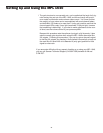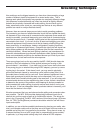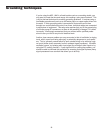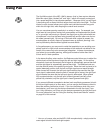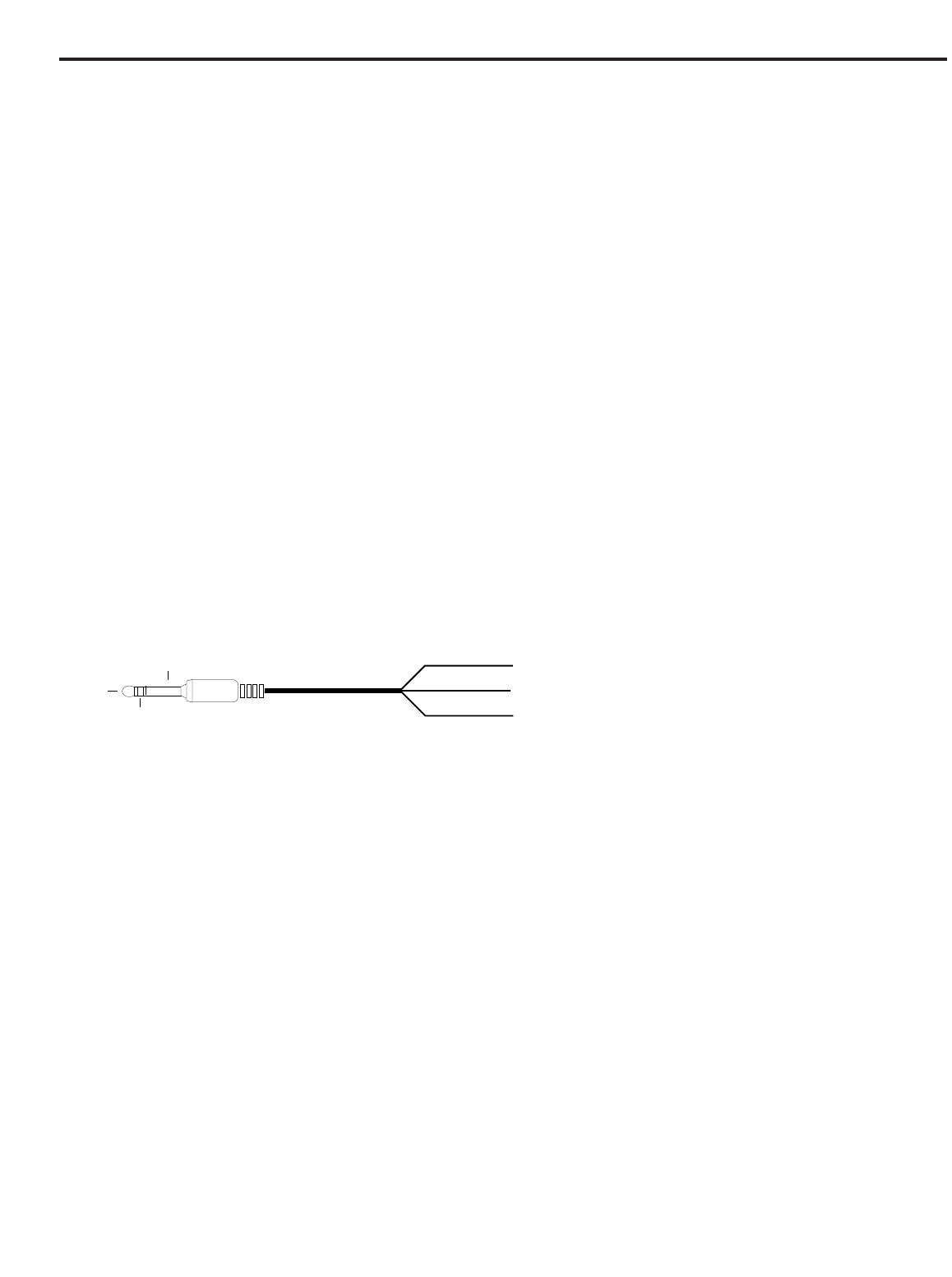
• In addition to the sixteen monophonic input channels, there are three “hid-
den” (or at least not so obvious) stereo inputs to the MPL 1640; these are
the Auxiliary returns.* Use these whenever you want to bring in a stereo
signal that will not need to be equalized. Also bear in mind that the three
stereo Auxiliary returns can also be used as six monophonic returns (with
the Aux return Balance controls giving you the ability to adjust the relative
levels of the left/right inputs). For example, if you’re using the MPL 1640 in
live performance to drive a mono PA system, you may not need to take the
stereo returns from outboard effects processors.
• Because Aux 1 is pre-fader, you should use it only where a pre-fade mix is
required. For example, in a recording situation, Aux 1 is optimum for head-
phone cueing or for driving a secondary monitor (such as a studio room
monitor). In live performance, Aux 1 can be used to route signal to an
onstage monitor system so that the signal the performers hear is indepen-
dent of the house mix.
• Signals that are likely to require “in-line” processing (such as compression/
limiting or expansion/noise gating) should be connected to channels 1 - 12,
since these channels provide an insert connection.
Insert cables (sometimes called “Y-cables”) should terminate in standard 1/4”
TRS jacks (tip to return and ring to send), wired as follows:**
* The MPL 1640 Aux returns are hardwired to the Main Mix outputs; there is no
provision for routing their signal to the Bus 3/4 outputs.
** You’ll also find this information silkscreened on the MPL 1640 rear panel.
11
Connecting The MPL 1640
TIP RETURN
GROUND
RING SEND
RING
TIP
SLEEVE



